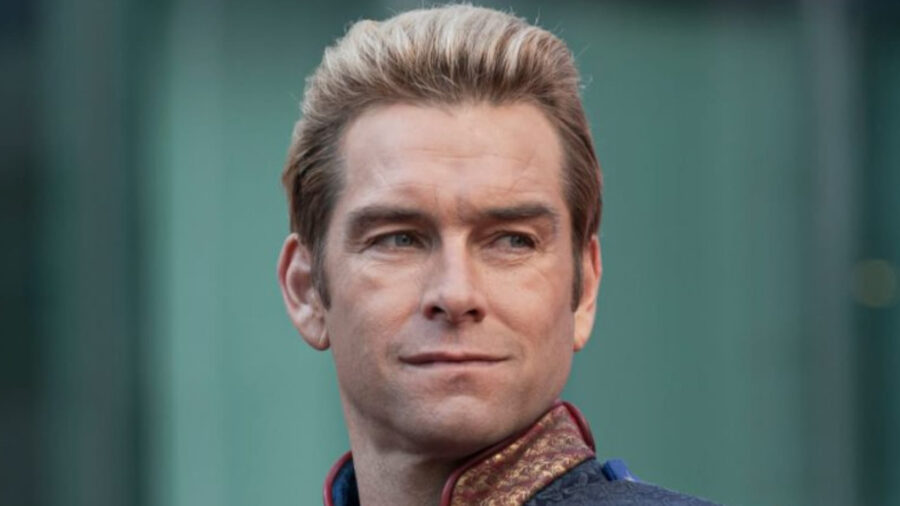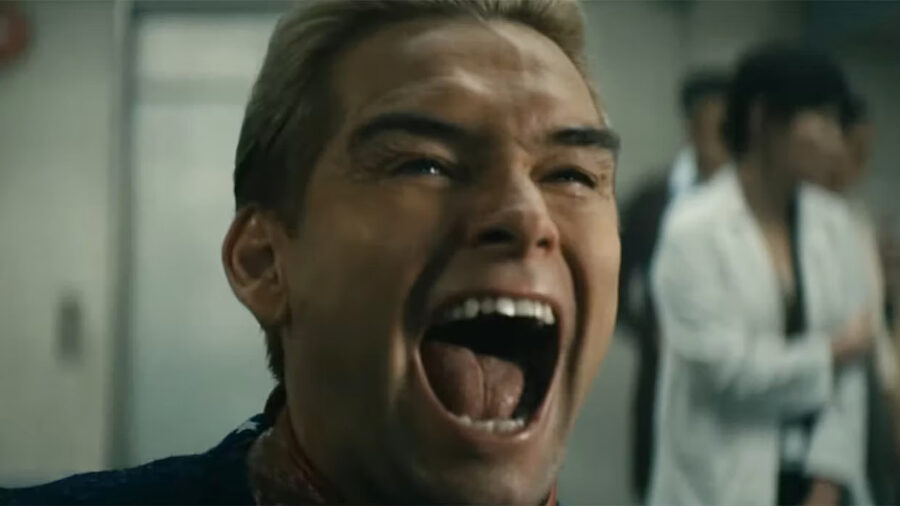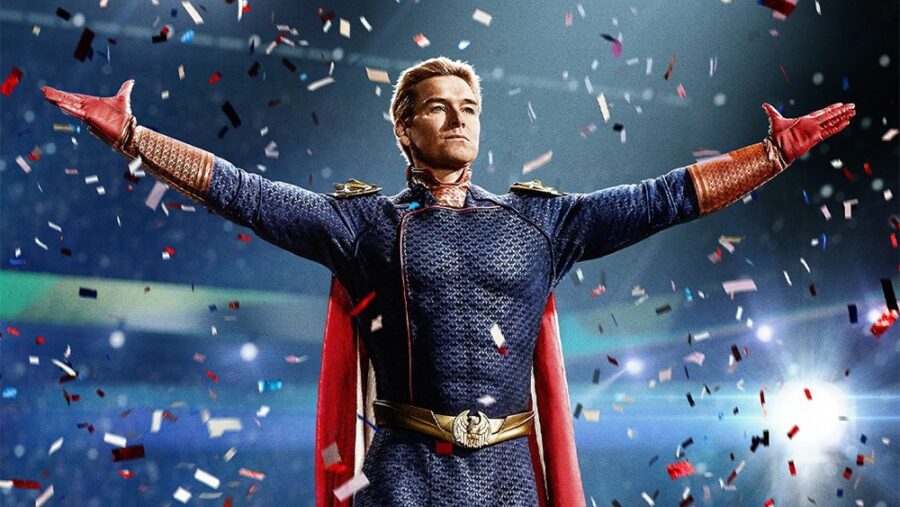Homelander Gets Less Scary In The Boys For A Double-Edged Reason

If you asked us what the problem with this season of The Boys is, we’d counter with our own question: how much time do you have? Season 4 has had plenty of issues, but one issue that many fans have zeroed in on is the fact that Homelander just isn’t as scary as he used to be. While there are many reasons for this, they all boil down to this simple fact: the more human they make this villain seem, the less frightening he is to audiences.
A True Menace To Society

Generally speaking, the gold standard for Homelander being scary was how he was portrayed in season 1. He was the guy who would quietly and cold-bloodedly kill perceived opponents such as the Mayor of Baltimore and then threaten anyone (including the Deep) who might expose the truth. Homelander also does terrible things like letting an entire jet full of helpless passengers die, but these overtly horrific acts arguably weren’t what made him so intimidating.
Mystery Behind His Motivations Is What Worked

Instead, it was the fact that the character was so mysterious. He could walk into a room and instantly intimidate everyone in it and audiences watching at home because he came across like a flying shark … someone whose aggression was barely kept under the surface and whose violence might erupt at any time. In short, Homelander was so scary specifically because we knew so little about his motivations or weaknesses, allowing us to see him as The Boys do: as an unpredictable god who might demand a sacrifice at any time.
So, why is Homelander not as scary as he used to be? After season 1, the show’s writers felt the need to effectively humanize the character. We learn more about his sad and petty need to be adored, his codependent relationship with characters like Stormfront, and the fact that his ego allows him to be easily manipulated by characters like Stan Edgar.
Homelander Wore Out His Welcome

On paper, none of these are bad things … it’s natural for writers to flesh out one-dimensional characters over time, just as it’s natural for audiences to want to know more about long-term villains, including their weaknesses. But what nobody ever considered is that Homelander was more or less designed as a short-term villain, somebody meant to terrorize the good guys for the length of a single season or a short film. Homelander’s closest analog would arguably be scary movie villains like Jason Voorhees, a character whose sad backstory is secondary to the fact that he’s an uncontrollable, unkillable brute with unknowable motivations.
Butcher Is Also Best In Small Doses

In a fun bit of irony, the TV version of Homelander is much like the TV version of Butcher: both of them are broad archetypes whose portrayal is best in small doses. As season 4 proves, audiences get tired of seeing Butcher go through the same cycles of betrayal and manipulation just as they get tired of seeing Homelander go through the same cycles of vanity and violently egotistical narcissism. You could argue that many people in real life are also trapped in cycles of self-destructive behavior, but let’s be real: nobody is tuning into a show about unhinged superheroes because they want overly realistic storytelling.
Less Is More, And More Is Less

Throughout the course of The Boys, Homelander has only gotten less scary the more we have gotten to know him. This has even led to clumsy plot developments where he tortures and murders a bunch of helpless scientists simply to remind audiences at home that he is still a serious threat. However, we can only hope that the writers learn the same lesson about humanizing characters that Homelander needs to learn about violence and intimidation: less is more, and more…well, more is definitely less.












